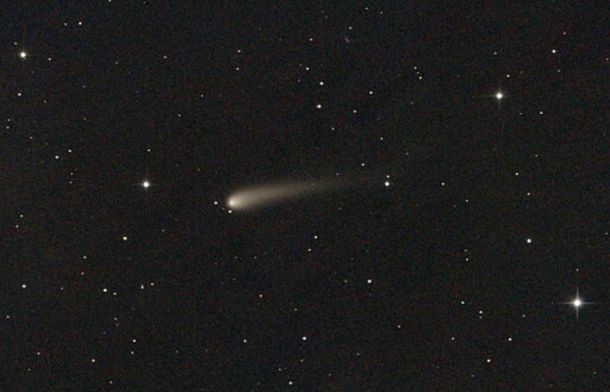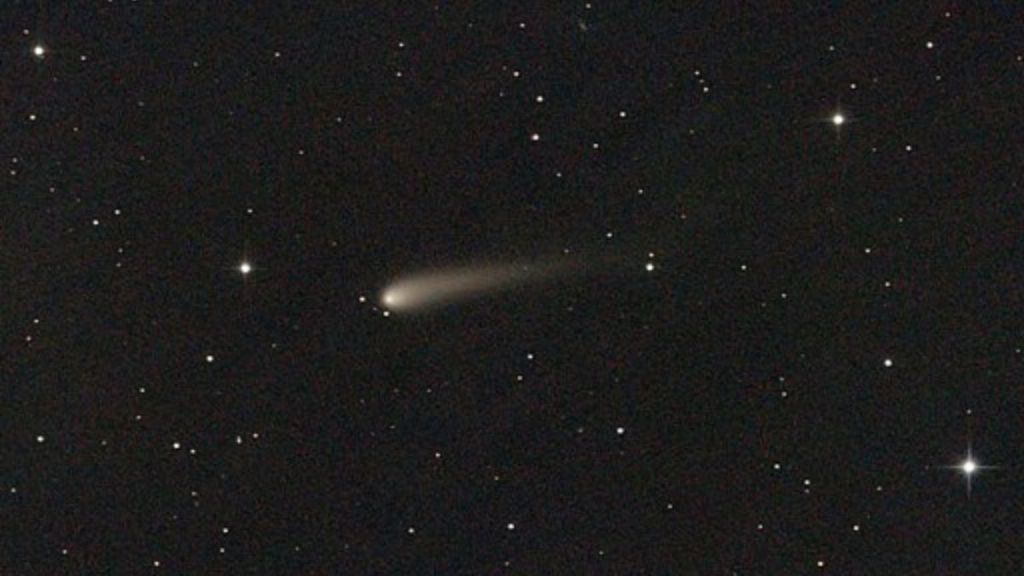“Space, the final frontier” was a tagline we heard preceding each Star Trek franchise episode and movie. The line hints at discovery in space and continuing exploration. Astronomers use telescopes, satellites, space probes, and other means to explore outer space from Earth. Current data suggests that the comet C/2023 A3 (Tsuchinshan-ATLAS) will be visible from Earth during late September and October 2024.
Videos by InspireMore
Comets have a complex makeup, as explained below.
According to astronomers, the C/2023 A3 (Tsuchinshan-ATLAS) comet will pass the Sun on September 28, 2024. The level of visibility depends on that first encounter. The comet’s proximity to the Sun can either melt it to crystalize the surface and create a visible tail or cause it to disintegrate.
Astronomers are tracking the comet using large telescopes. It is currently between Libra and Virgo. The best viewing period will be in mid-October. The comet will appear in the western sky after sunset, high enough to be visible over houses and trees.
The C/2023 A3 (Tsuchinshan-ATLAS) comet gets its name from co-discoverers, astronomers at the Tsuchinshan Observatory in China and the Asteroid Terrestrial-impact Last Alert System (ATLAS) telescope in South Africa. ATLAS is responsible for the discovery of 80 comets. It is an early warning system for asteroid impacts developed by the University of Hawaii and integrated with telescopes in Hawaii, South Africa, and Chile.
Viewing The C2023 A3 Comet In October
If the C/2023 A3 (Tsuchinshan-ATLAS) comet survives its close encounter with the Sun, it will be closest to Earth and most visible on October 13, 2024. It will be at its brightest, with predictions that it will appear as bright as stars Aldebaran and Altair. The image of C/2023 A3 (Tsuchinshan-ATLAS) below is from June 10, 2024, through a telescope.

NASA’s Solar Terrestrial Relations Observatory (STEREO) mission reports that the comet remains intact. Although it had begun to dim slightly, it is now increasing in brightness. The tail, the most notable part of any comet, can stretch for thousands of miles behind the comet. If current predictions hold, C/2023 A3 may be as bright as Venus, making it faintly visible during daylight hours.
Please share this with other stargazers you know.
You can find the source of this story’s featured image here.
Want to be happier in just 5 minutes a day? Sign up for Morning Smile and join over 455,000+ people who start each day with good news.


